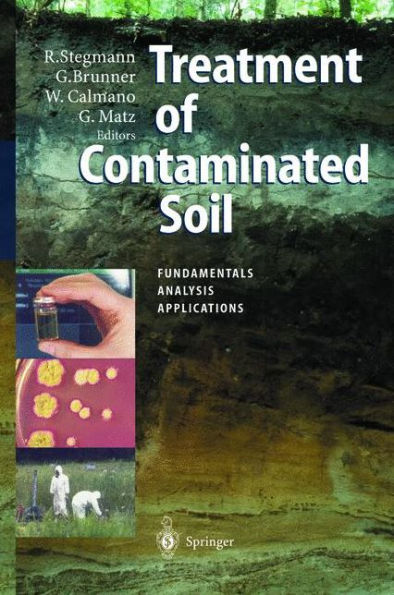5
1
9783642075100



Treatment of Contaminated Soil: Fundamentals, Analysis, Applications / Edition 1 available in Hardcover, Paperback

Treatment of Contaminated Soil: Fundamentals, Analysis, Applications / Edition 1
- ISBN-10:
- 364207510X
- ISBN-13:
- 9783642075100
- Pub. Date:
- 12/08/2010
- Publisher:
- Springer Berlin Heidelberg
- ISBN-10:
- 364207510X
- ISBN-13:
- 9783642075100
- Pub. Date:
- 12/08/2010
- Publisher:
- Springer Berlin Heidelberg

Treatment of Contaminated Soil: Fundamentals, Analysis, Applications / Edition 1
$279.99
Current price is , Original price is $279.99. You
279.99
In Stock

Product Details
| ISBN-13: | 9783642075100 |
|---|---|
| Publisher: | Springer Berlin Heidelberg |
| Publication date: | 12/08/2010 |
| Edition description: | Softcover reprint of hardcover 1st ed. 2001 |
| Pages: | 658 |
| Product dimensions: | 6.10(w) x 9.25(h) x 0.24(d) |
From the B&N Reads Blog
